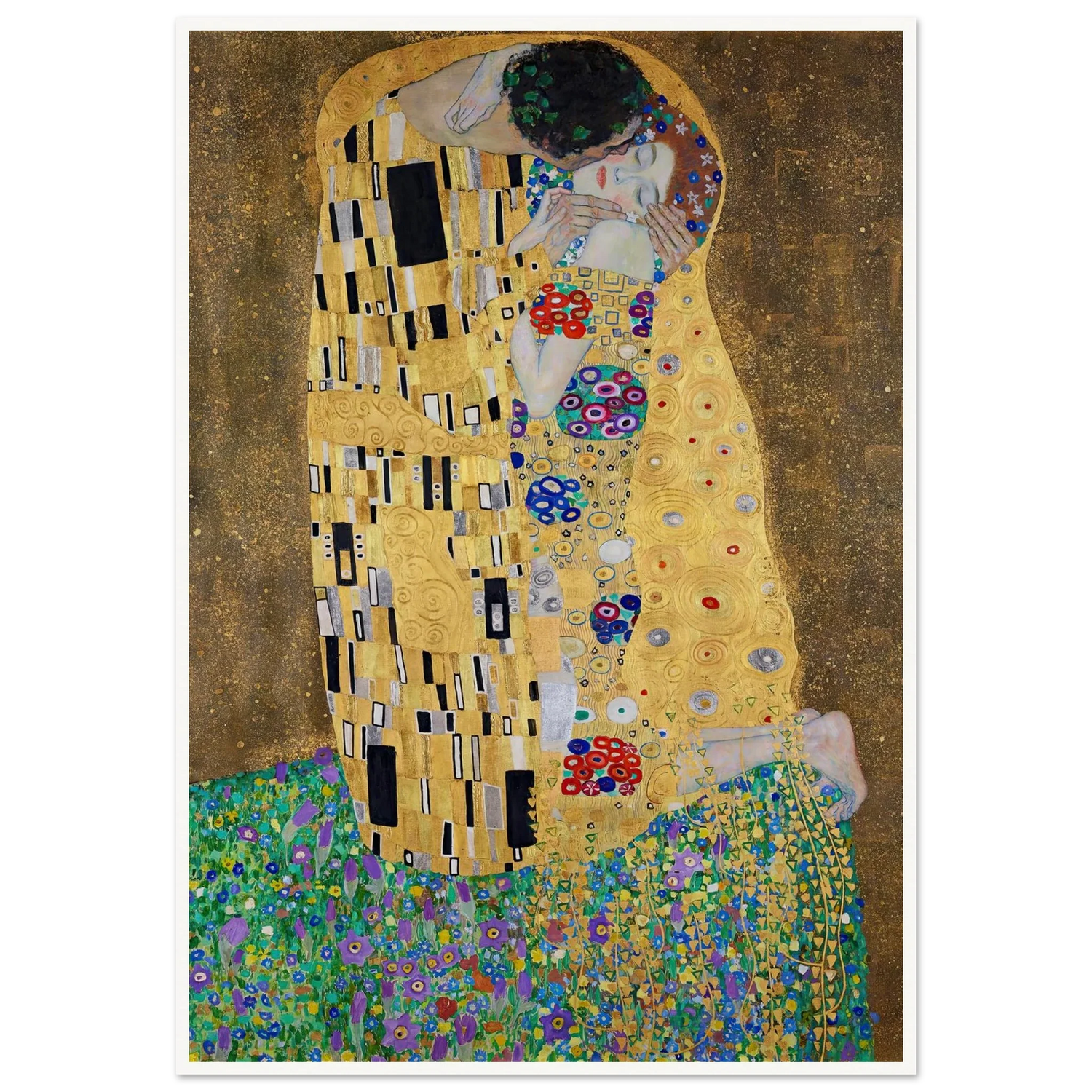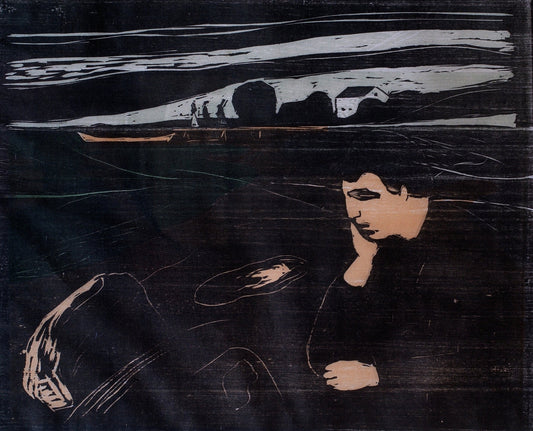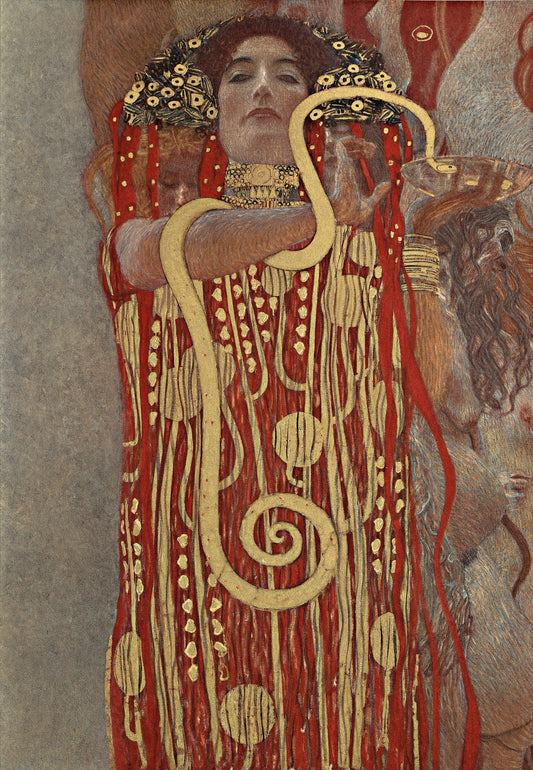Hasui and the Poetry of Japanese Landscapes
Share
Kawase Hasui’s landscapes capture a Japan that is both familiar and dreamlike. His prints are not literal records of places but contemplative interpretations of light, weather, and atmosphere. Each scene feels quiet yet resonant, as if nature itself has paused to be observed. Hasui transforms the everyday into poetry, revealing the subtle beauty of streets, bridges, rivers, and mountains.
In his Snow at Zojoji Temple (1930), Hasui depicts a temple cloaked in winter silence. The rooftops are dusted with snow, the trees weighed down by frost. Shadows are soft, and the muted palette evokes stillness and calm. The composition draws the viewer’s eye along the path, inviting contemplation. The scene is simple, yet the brushwork and tonal subtlety convey a profound sense of temporal and spatial presence.

Hasui’s urban landscapes, such as Evening Rain at Kanda (1932), reveal the interplay between architecture, water, and light. Streets glisten under a gentle rain, reflecting lanterns and shop windows. The viewer senses movement and stillness at once. Hasui balances the realism of structure with the lyricism of light. His prints capture fleeting moments, yet the emotion they evoke feels enduring.

Seasonal variation is central to Hasui’s vision. Cherry blossoms, autumn leaves, and snow create rhythm and mood. In Autumn at Magome (1930), the road winds through vibrant foliage. The perspective guides the viewer through the landscape, while the colors and textures evoke nostalgia and passage of time. Nature and human presence coexist in harmony, yet Hasui never romanticizes the scene. Observation and emotional resonance coexist.
Even in small details, Hasui’s artistry shines. Roof tiles, wooden beams, and river surfaces are meticulously rendered. Each line and color choice contributes to the overall harmony, revealing his deep sensitivity to structure and atmosphere. His works encourage viewers to slow down, notice subtleties, and inhabit the landscape fully.
Ultimately, Hasui’s landscapes are more than visual pleasure. They are invitations to contemplation. Through his careful observation and poetic interpretation, he teaches us that the ordinary can become extraordinary when seen with attentiveness, patience, and aesthetic intelligence.





